What’s Your Purpose? Much More Than Your Job
The Mayan Calendar comes to a close, and many predict the end of times. But I see that 2012 is a year that promises change, new beginnings, a shift in thinking. We are moving away from the information age, and moving towards an inspiration age. And as we are transitioning our behaviors from those of consumers to those of citizens, we are looking at what is really important in our lives and asking ourselves big questions — such as: What is my purpose in life?
“Dharma” is a Sanskrit word meaning “purpose.” Dharma actually has 16 different translations, one of which means teachings, or lessons. This seems appropriate because in many ways, our life’s purpose is our lesson, and vice-versa. We each come to feel at some point in our lives that there is something important for us to do, or learn, or experience. We understand that there has to be something more than just living day to day. Another meaning of dharma is truth. As we grow in awareness, we seek to know truth, that deeper meaning to life, and what it is all about. We seek our dharma, to fulfill our purpose, to somehow have our lives make sense in the context of everything that is going on in the world.
When we talk about “purpose” it is clear that we each have our individual purpose — a reason why we’re here on this planet in this specific place and time — and that’s up to each of us to figure out for ourselves. Our purpose is more than our vocation. We can experience our purpose in everything we do, and everywhere we go.
In the west, we think of yoga primarily as a form of exercise. Although physical postures make up one branch of this philosophy, yoga in general is so much more. The Sanskrit word “yoga” means to yoke, or to unite. The purpose of yoga is to experience the connection we have with the divine. In Vedanta there are four different yogas, or spiritual practices, to help us to accomplish this feeling of connection. The yogas can be practiced individually or in combination, as each one balances and strengthens the others. Each one is a kind of path to discovering our divinity. We can map out our own course using our particular interests and strengths, based on the direction that Vedanta provides us.
The four yoga paths could be thought of as bridges, bringing us from a limited understanding of who we think we are, to the greater understanding of who we really are. These paths help us to be aware of and express our purpose, our dharma, through love, work, knowledge and meditation. Yes, we can, and do, learn through each of these paths. However our personalities will guide us more toward one path or another, so that we can focus our attention and use the strengths we have to understand these spiritual concepts in a way that makes sense to us.
Bhakti Yoga is the path of love and devotion. Bhakti is the love of all creation. It is about loving what is, without expectation. Through our relationships with people we can experience a greater awareness. There is a power, a positive energy that comes with love, that we can utilize for our spiritual growth. Vedanta explains that our love for others is unselfish and without motive when we can see the spirit within them. It is this spirit whom we truly love. So we can learn to look beyond the limiting qualities of the human to the transcendent qualities of the divine, and fully experience love heart to heart. Love is available to all of us, and it is an irresistible force! We spend our time, and emotions, developing a kind of bond with a person. Our energy goes into these connections, along with our emotions, our hopes and our human vulnerabilities. With Bhakti Yoga, we learn through our relationships, and through our primary relationship, which is with ourselves.
Karma Yoga is the path of work, or the path of service. This is work without attachment to the end result. Rather than working for a paycheck, it is performing the work we do as a spiritual offering. Karma Yoga teaches us that working merely for money, or promotions, or praise, leads us to disappointment, because we can never meet all of our expectations; it is never “enough.” However, working as a service to ourselves and to others allows us to experience spirit in everything we do. We are connected to our work, and the actions become effortless. We feel that God is working through us, and this gives us both energy and peace of mind. We learn to love what we do.
Jnana Yoga is the path of knowledge. This is knowledge in the higher sense, knowing who we are, and being aware of our relationship, our connection, with God. Knowing is different than believing, it uses reasoning to help us shed the veil of illusion. Vedanta gives us tools to achieve this through affirmations that help to remind us of what is real, and to see the truth. Jnana Yoga teaches to become more discerning, recognizing the difference between what is temporary and what is eternal, so that we understand that we are pure, perfect and free.
We are all students, and we are all teachers. Our learning never ends. It is through this process of learning that we grow both intellectually and spiritually. We come to understand that the only thing we really take with us from this life experience is the wisdom that we garner. We learn to love what we learn and also the process of learning itself.
Raja Yoga is the path of meditation. By stilling the mind through meditation, we can experience more of our true selves. Raja Yoga explains that we need to settle down the mind, which is constantly stirred up with thoughts just as a lake is muddied through activity. When the lake settles down, the water becomes crystal clear, and so it is with our mind. This tranquil state of mind lets us think more clearly, and to see what is important in life. Through meditation we have direct experience of our connection with God. And Vedanta teaches us that we can integrate this experience into all aspects of our life. We don’t have to live in an ashram or renounce our worldly belongings. Our spiritual self is our true self and we can operate in society more effectively and efficiently when we understand this. We learn to love who we are.
There is wisdom to be gained from each of these paths. They all end up taking us to the same place, to the recognition of our union with the divine, to the discovery of our dharma, our purpose. The paths work in harmony with one another. We find that there are aspects of each path that we relate to. Yet quite often one of these paths will resonate with particular individuals more than the others. One will seem to offer a more clear direction, a more personal journey. All paths lead to the same destination. In Vedanta that destination is said to be an awareness of our union with the divine. We can see this as a deeper understanding of ourselves, and a greater wisdom that comes from experiencing our purpose. We learn to enjoy our lives, and embrace our dharma.
Take the quiz to determine your dharma, or purpose in life: What’s Your Dharma?
For more by Lissa Coffey, click here.
For more on yoga, click here.










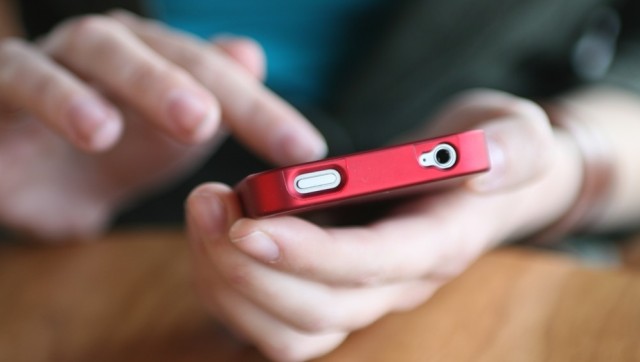
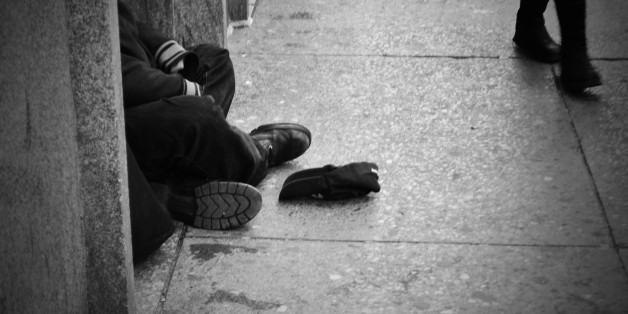

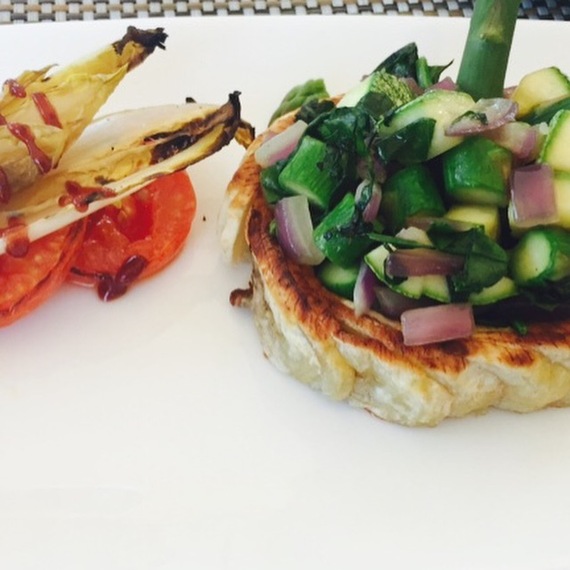
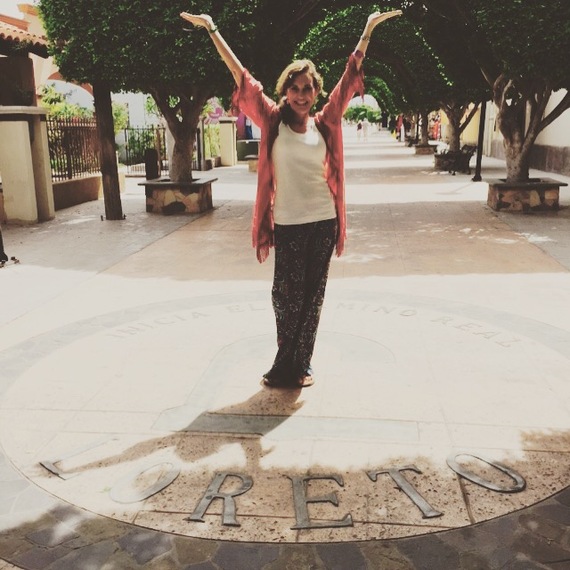
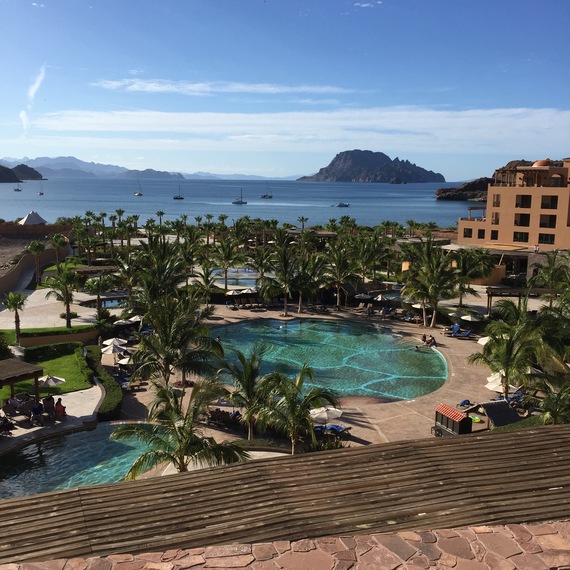

 I’m not sure if this is a recent trend, but it certainly seems to be a growing one. Lately whenever I ask someone: “How are you?” the answer is a resounding, exasperated: “Busy!”
I’m not sure if this is a recent trend, but it certainly seems to be a growing one. Lately whenever I ask someone: “How are you?” the answer is a resounding, exasperated: “Busy!”